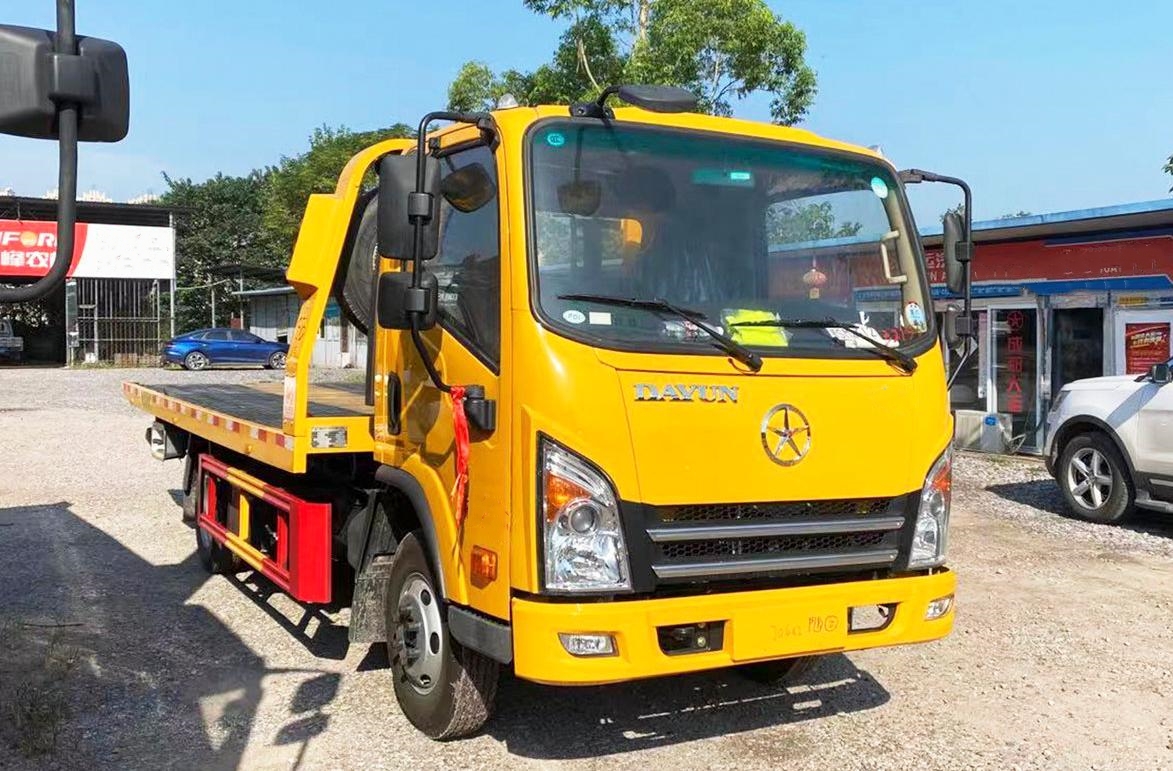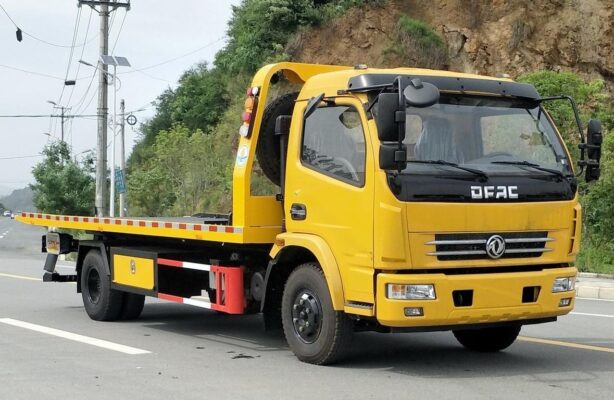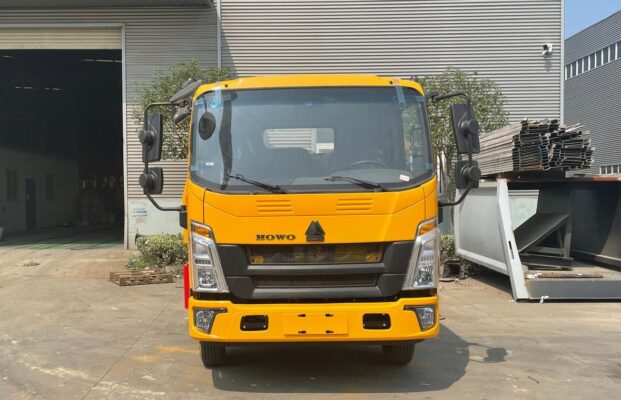Electromagnetic cranes are powerful tools designed for lifting and transporting ferrous materials. Their ability to securely hold heavy loads makes them invaluable in industries such as steel production, recycling, and construction. However, to ensure safe and efficient operation, specific precautions must be adhered to. Below is a comprehensive guide detailing the essential precautions for using electromagnetic cranes effectively.
1. Insulation Resistance Check
Before commencing operations, it is crucial to measure the cold insulation resistance of the electromagnet. The insulation resistance should be no less than 0.5 MΩ at room temperature. This measurement is vital to ensure the electromagnet operates safely and efficiently, preventing electrical faults that could result in equipment failure or accidents.
2. Proper Powering Techniques
One of the primary safety precautions involves the timing of when the electromagnet is powered. The electromagnet should not be energized until it is firmly and stably positioned on the surface of the object being lifted. This practice prevents the magnet from swinging or moving erratically during the lift, which could lead to accidents or damage. Additionally, using the electromagnet as a swing hammer is strictly prohibited, as this can damage the magnet and the load, leading to severe safety hazards.
3. Restrictions on Lifting Certain Materials
It is essential to avoid using the electromagnet for lifting cutting scraps or waste steel. The lifting force generated by the electromagnet is typically very strong, which can lead to excessive pressure on the bottom radiation plate of the electromagnet. This excessive force can result in damage to the magnet itself, compromising its effectiveness and safety.
4. Symmetrical Placement
For optimal lifting performance, the electromagnet should be positioned as symmetrically as possible relative to its center of gravity. Proper placement minimizes the risk of the load tilting or becoming unbalanced during lifting, which can lead to accidents or dropped loads.
5. Lifting Capacity and Eccentric Distance
The lifting capacity of the electromagnet is determined by the formula:
Lifting Capacity=Lifting Ability×(1+Eccentric DistanceDistance)\text{Lifting Capacity} = \text{Lifting Ability} \times (1 + \frac{\text{Eccentric Distance}}{\text{Distance}})
This equation indicates that the distance between multiple electromagnets should be slightly larger to maintain a safe lifting capacity. When the distance between two electromagnets is minimized, and the eccentric distance is large, the lifting capacity becomes similar to that of a single magnet. This situation can be hazardous during operation. In scenarios where increasing the distance is not feasible, it is advisable to minimize the eccentric distance as much as possible to ensure safe and reliable lifting operations.
6. Using Multiple Electromagnets
When lifting long steel materials that are not prone to bending, it is generally advisable to use multiple electromagnets together. This practice helps distribute the load evenly and improves stability. However, the levelness of the lifting surface is critical. A two-layer beam hoist should be utilized in this situation to ensure that the load is balanced. Unless specific conditions dictate otherwise, using four electromagnets in tandem is recommended. This arrangement reduces the precision requirements for the lifting chains and simplifies practical debugging and operation.
6.1 Adjusting Electromagnets
When employing more than four electromagnets for lifting, the lifting surfaces of the electromagnets must be carefully adjusted to match the actual working conditions. If the adjustment is not done correctly, some electromagnets may fail to engage and will only add their own weight, thereby increasing the burden on the other operational electromagnets.
6.2 Proper Spacing for Two Electromagnets
In cases where only two electromagnets are utilized, the distance between them should be set at half the length of the material being lifted. This spacing ensures that both electromagnets contribute effectively to the lifting operation without compromising safety.
7. Temperature Considerations
Temperature plays a significant role in the performance of electromagnets. It is crucial to use high-temperature electromagnets when lifting materials at elevated temperatures and standard-temperature electromagnets for standard temperature materials. Using standard-temperature electromagnets for high-temperature applications is strictly forbidden, as it can lead to magnet failure and safety hazards.
7.1 Handling High-Temperature Materials
When dealing with high-temperature objects, it is essential not to leave the electromagnet in contact with these items for extended periods. A high-temperature electromagnet can only be employed once the temperature of the lifted object has cooled to below 600°C. For ultra-high temperature applications, the threshold should be set at 700°C. This precaution is vital to prevent overheating of the electromagnet, which can damage its components and reduce its effectiveness.
7.2 Storage and Minimizing Contact Time
When not in use, it is critical to avoid leaving the electromagnet in high-temperature areas. Instead, it should be stored in a dry, ventilated area away from harmful substances. Additionally, minimizing the time of contact between the electromagnet and high-temperature objects can significantly extend the electromagnet’s lifespan and ensure reliable performance.
8. Duty Cycle Requirements
Electromagnets are designed to operate within specific duty cycles, which dictate how often they can be powered on and off. Low-duty cycle electromagnets should not be used for high-duty cycle applications. Instead, the appropriate duty cycle electromagnet must be selected based on the specific conditions of the lifting task. Utilizing the correct electromagnet ensures safe and efficient operation.
9. Cooling Measures
If a significant decrease in lifting force or overheating of the magnetic poles occurs while using ultra-high temperature electromagnets, it is essential to allow the electromagnet to rest. Alternatively, immersing the magnetic poles in water with a depth of 300mm can effectively cool the components. This cooling measure prevents damage and maintains optimal performance during operation.
10. Safe Operation with the Crane
During operation, it is essential to raise and lower the electromagnet in conjunction with the crane. This practice helps avoid breaking or pulling cables, which can lead to equipment failure or accidents.
11. Monitoring Electrical Indicators
Regular observation of the voltage and current indicators on the electromagnet’s control panel is essential for safe operation. The excitation current of the electromagnet should remain between the cold state current and the hot state current, with a permissible voltage error of no more than ±10%. Monitoring these indicators helps ensure that the electromagnet is operating within safe parameters and can prevent potential failures.
12. Maintenance and Storage Conditions
To maintain the electromagnet’s effectiveness, it should be kept dry and stored in a dry, ventilated area free from harmful substances. Regular maintenance checks are crucial to ensure that the electromagnet remains in good working condition and can operate safely.
13. Regular Inspections
Routine inspections of wear conditions on chains and pins are essential to ensure safe operation. Regular checks help identify any potential wear or damage that could compromise the lifting capacity and safety of the electromagnet during use.
Conclusion
The safe operation of electromagnetic cranes requires a thorough understanding of their functionality and the precautions necessary to prevent accidents. By adhering to these guidelines—ranging from checking insulation resistance to monitoring electrical indicators—operators can significantly enhance the safety and efficiency of their lifting operations. Regular maintenance, careful planning, and attention to operational parameters are crucial in ensuring that electromagnetic cranes perform optimally while minimizing risks in the workplace.














